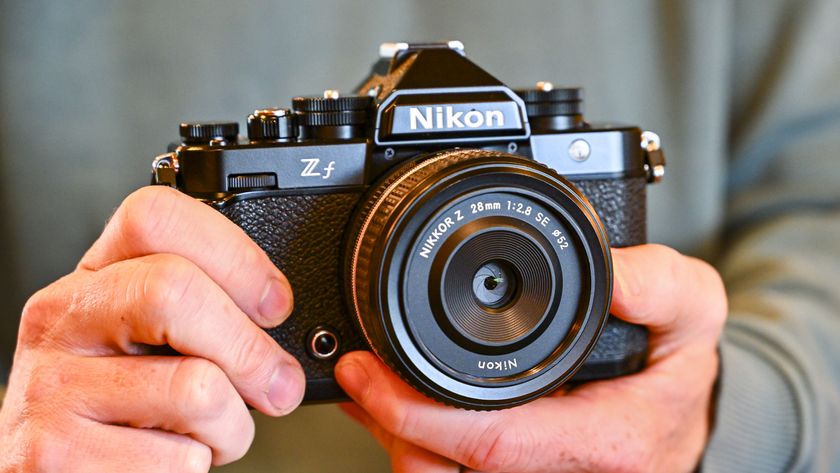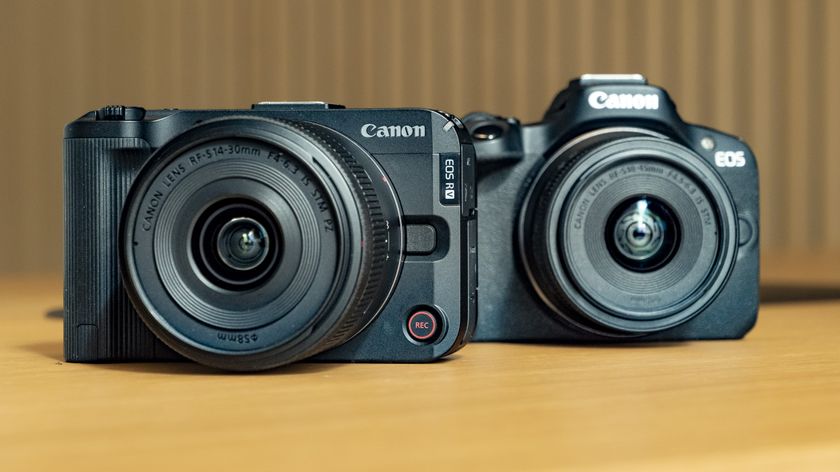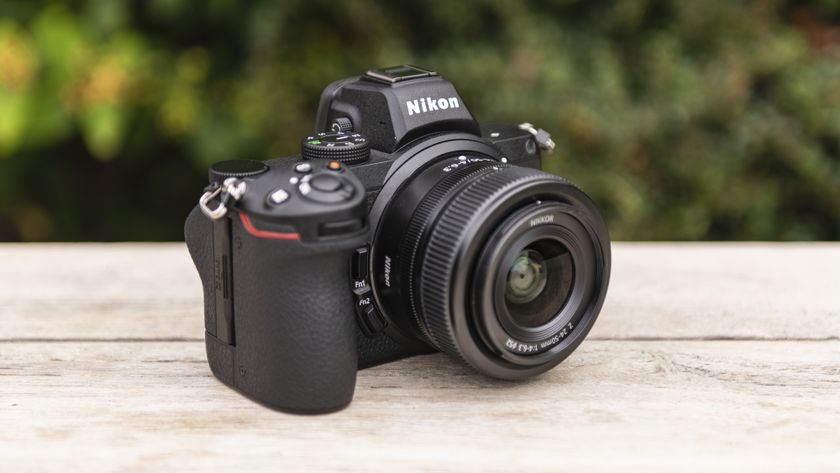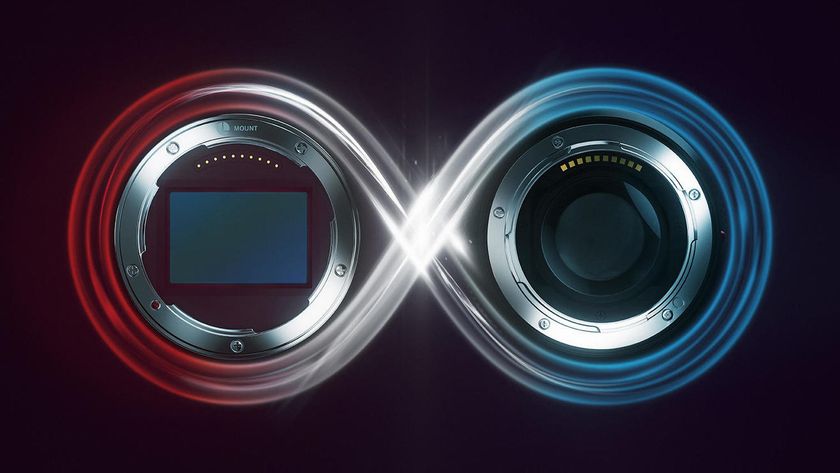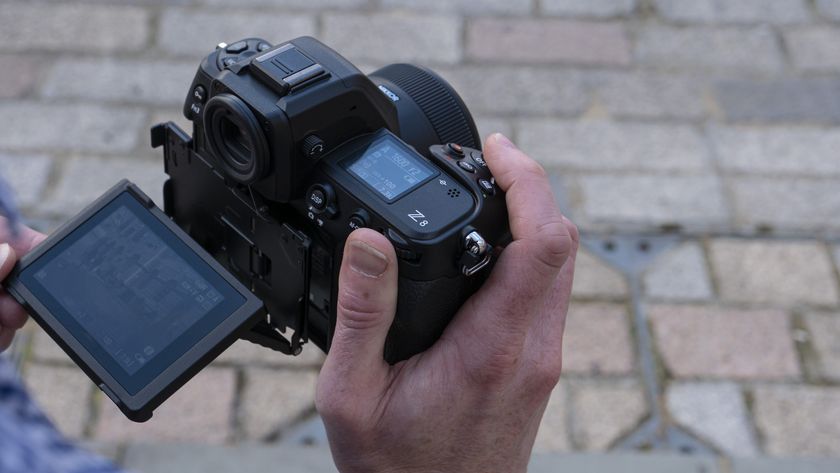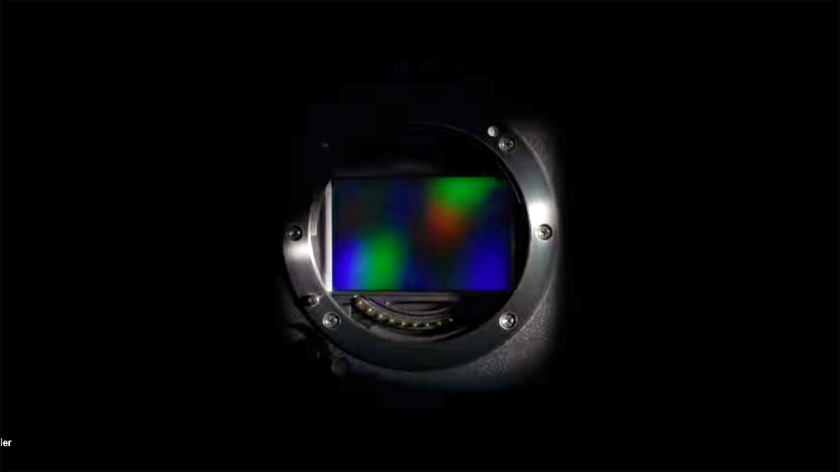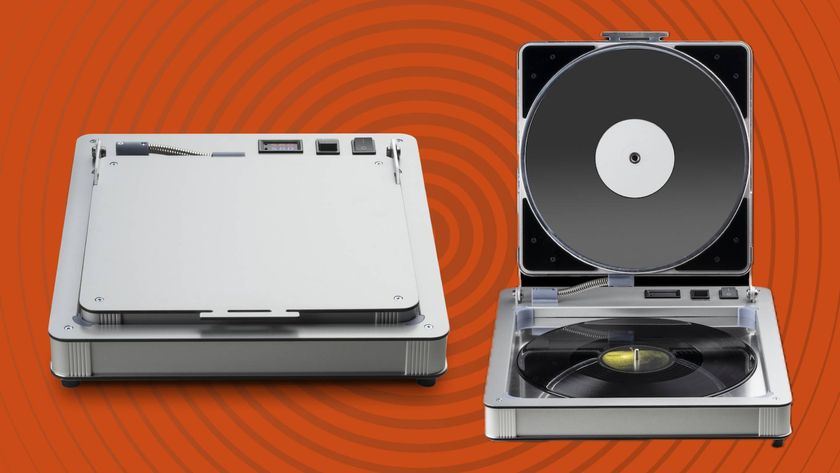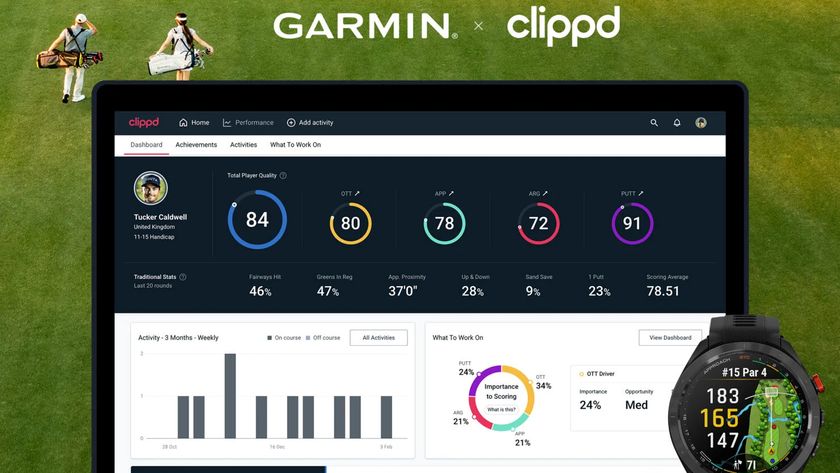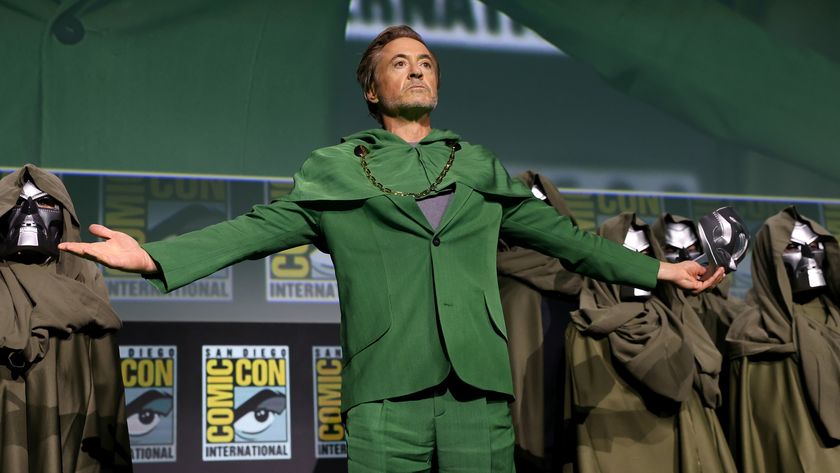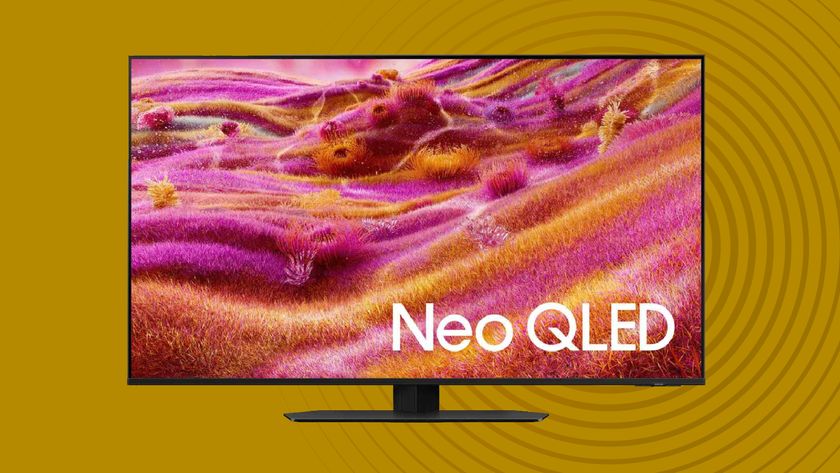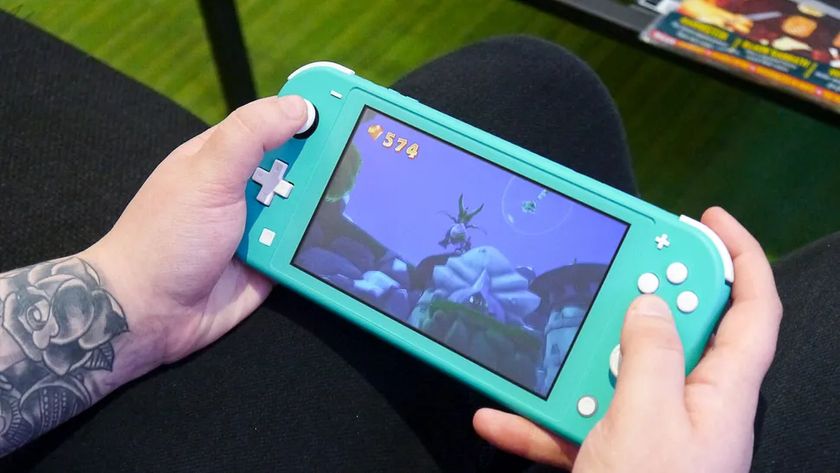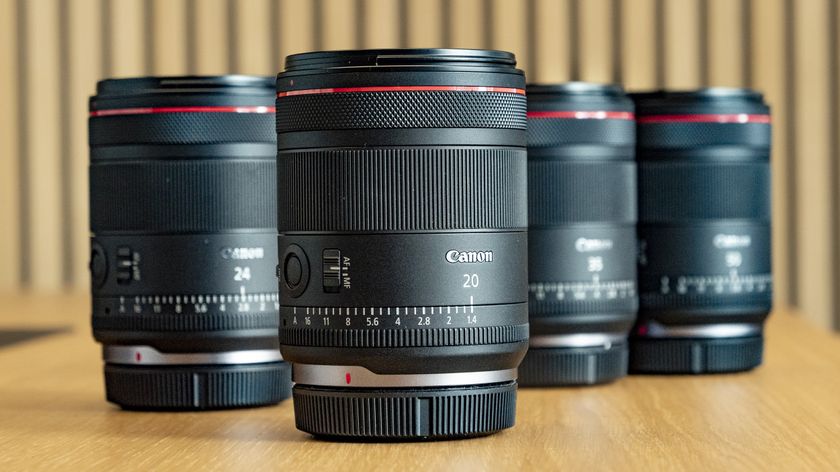Sensor sizes explained: what you need to know
Confused by sensor size? We explain all you need to know
Four Thirds
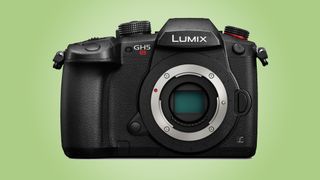
Dimensions: approx. 17.3 x 13mm
This is the format used by Olympus and Panasonic for its Micro Four Thirds mirrorless cameras, such as the Olympus OM-D E-M1X and the Panasonic GH5S.
These are a fair bit larger than the 1-inch sensors described on the previous page, but still smaller than APS-C types described below.
As this type of sensor has a surface area that’s around a quarter of the size of full-frame sensors, calculating the effective focal length of compatible lenses is easy: you simply double it.
So, a 17mm lens used on such a camera will provide an effective focal length similar to a 34mm lens on a full-frame body. Similarly, a 12-35mm lens provides a focal range equivalent to 24-70mm lens on the same camera.
A 17MP version of this sensor was also used by Panasonic in its recent Lumix LX100 II compact camera. Here this was paired with a lens that gave a focal length equivalent to 24-75mm on a full-frame camera.
APS-C
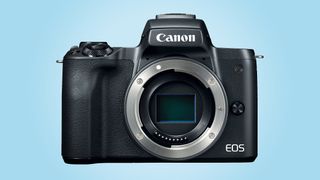
Dimensions: approx. 23.5mm x 15.6mm
Get daily insight, inspiration and deals in your inbox
Sign up for breaking news, reviews, opinion, top tech deals, and more.
Long used in entry-level and mid-range DSLRs, and now in many mirrorless cameras too, this type of sensor provides a good balance between system portability, image quality, and flexibility with regards to lenses.
Not all APS-C sensors are equal in size, however. Canon’s APS-C sensors, such as those used inside its EOS Rebel T7i / EOS 800D and EOS M50 models, are a touch smaller than those inside the Nikon D5600 and Sony A6400, and other models from those two manufacturers. Canon's APS-C sensor apply a crop factor of 1.6x rather than the 1.5x seen elsewhere.
In any case, these cameras are still a good all-round, versatile option, and models that use them are often preferred over full-frame models by some nature and sports photographers, as the crop factor enables them to get closer to their subjects with a given lens.
APS-C sensors have also been employed in a number of compact cameras, such as the Ricoh GR III and Fujifilm's XF10 and X100F models. Here, in order to keep image quality high and the camera portable, they're paired with fixed focal length lenses.
The Ricoh GR III, for example, has a 19mm lens, while the Fujifilm X100F has a 23mm lens and the XF10 has an 18.5mm lens. These provide focal lengths equivalent to 28mm, 35mm and 28mm respectively. These lenses also have fairly wide maximum apertures, which allows the user to more easily capture a shallow depth of field.
APS-H
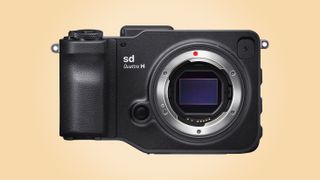
Dimensions: approx. 26.6 x 17.9mm
This type of sensor was commonly associated with Canon’s older EOS-1D models, such as the EOS-1D Mark III and EOS 1D Mark IV, although the company appears to have moved away from the format, adopting a full-frame alternative for its current EOS-1D X Mark II.
Being smaller than full frame but larger than APS-C sensors, the crop factor of these is accordingly between the two at 1.3x. So, a 24mm lens used with such a sensor would provide an effective focal length closer to 31mm.
More recently, a 51MP version of this type of sensor was employed in Sigma’s sd Quattro H model. Canon also announced that it was developing 120MP and 250MP APS-H sensors within the last few years, although it stated that the likely applications for these would be for surveillance, crime prevention tools and industrial equipment among other things, rather than for commercially available DSLRs.
Full frame
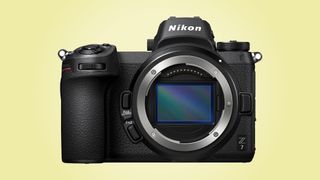
Dimensions: approx 36 x 24mm
Full-frame sensors are used in many enthusiast and professional cameras, including the flagship DSLR and mirrorless models in many manufacturers’ lines.
Their relatively large surface area allows them to collect plenty of light, which in turn helps to produce high-quality images, while the larger area gives the manufacturer more space to play with when it comes to deciding on the number of pixels. Currently, some have as few as 12MP, while others have 24MP, 36MP and even 51MP.
Full-frame sensors are (roughly) the same size as a 35mm film negative, so there's no crop factor to think about here. If you use a lens designed for a 35mm film camera on a digital body with a full-frame sensor, the effective focal length will be the same.
Depending on the system and manufacturer, some lenses designed for APS-C cameras can be used on full-frame bodies at a reduced resolution. Here, the camera essentially crops away the edges of the frame so that you don't get any darkening of the corners. You should, however, always check that your camera supports this, as using incompatible lenses can damage the mirror.
Popular current models that sport full-frame sensors include the Nikon Z7, Sony A7 III and Canon EOS RP mirrorless cameras. Panasonic has also started to use this format for its first two S series cameras, the S1 and S1R. Many DSLRs also continue to make use of these sensors, such as the Canon EOS 6D Mark II, Nikon D850 and Pentax K-1 II.
Medium format
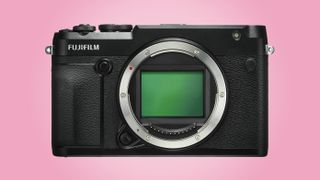
Dimensions: approx 44mm x 33mm
Medium-format sensors are significantly larger than full-frame types, and the arrival of a number of recent cameras using them has sparked a huge amount of interest in the format. These include the Fujifilm GFX 50R and Hasselblad X1D, and the slightly older Pentax 645Z.
Theoretically, medium-format systems allow for a higher standard of image quality than cameras with smaller sensors, mainly because they capture a lot more light that goes on to make up the image. A larger sensor can also make it easier for manufacturers to fit more pixels on the surface; Fujifilm is currently promising a 100MP medium format camera, for example.
Their practicalities and cost, however, largely confine them to professional use. DSLRs are typically easier to handle, for example, offer a much wider choice of native lenses, and can also autofocus much faster.
If, however, we’re to base our expectations for the format on recent developments, we’ll no doubt see these sensors appearing in more affordable and compact bodies, along with improvements to performance and greater lens ranges.
- 1
- 2
Current page: Four Thirds, APS-C, full frame and medium format
Prev Page Sensor size and focal length